Survival strategies in living organisms are not only linked to environmental factors like temperature or humidity changes but also to interactions between species within the same food chain. In these interconnected ecological networks, some animals have developed unique tactics to avoid being hunted by predators. From camouflage to alarm signals, the methods to survive predator presence vary widely, but one of the most fascinating is the strategy of playing dead.
Also known as thanatosis or tonic immobility, this behavior typically occurs once the prey has been detected by a predator and sometimes after physical contact. The animal may reduce its breathing rate, heart rate, stick out its tongue, or keep its eyes open to mimic a dead individual of its species. Contrary to what one might think, tonic immobility is widespread throughout the animal kingdom and is a key survival tactic for both invertebrates and vertebrates. Below we introduce 30 animals known for playing dead.
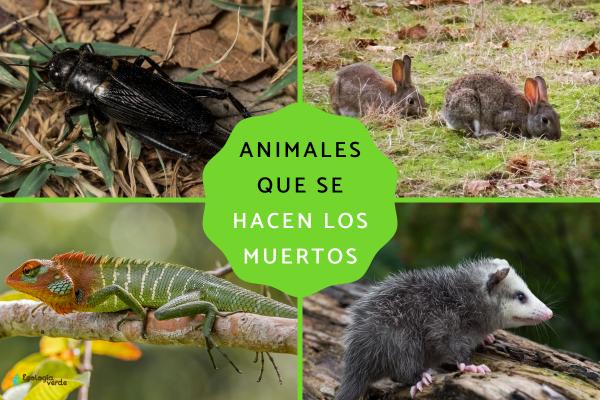
Despite its name, the Mediterranean cricket is also common in Asia. Easy to breed, it serves as food for reptiles and spiders in captivity. When restrained, its limbs flex and it enters a state of complete rigidity lasting 2 to 4 minutes, sometimes up to 20. The stiff limbs’ spines may harm small predators, and the immobility helps avoid detection by amphibians and reptiles that rely on movement to spot prey.

Domestic roosters feign death, with the duration of their immobility linked to alarm calls within their population. The longer the alarm, the longer the rooster remains motionless—a classic defense mechanism in poultry.
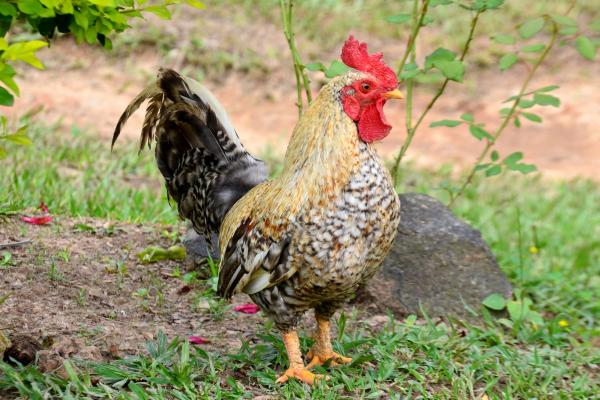
Native to Peru and now fully domesticated, guinea pigs enter tonic immobility when sensing danger until it passes. Frequent contact with humans has reduced the duration of this behavior.
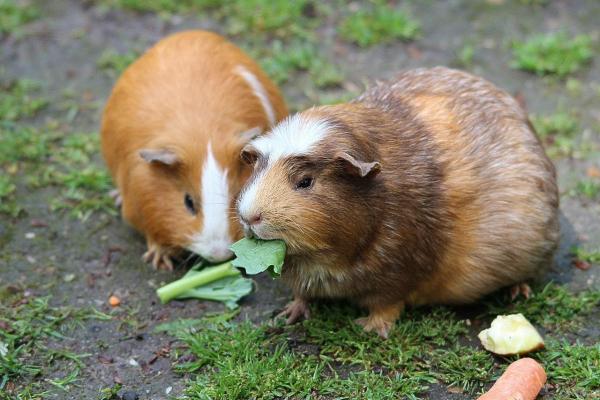
Both wild and domestic rabbits display tonic immobility as a survival tactic. Studies show that rabbits farther from shelter remain immobile longer, while those closer to safety shorten this period.
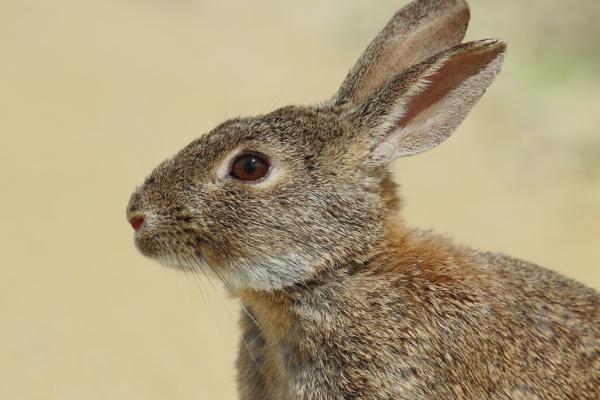
Native to India and Sri Lanka, this bright green lizard plays dead to evade predators. Upon sensing danger, it pretends to be dead before quickly fleeing.
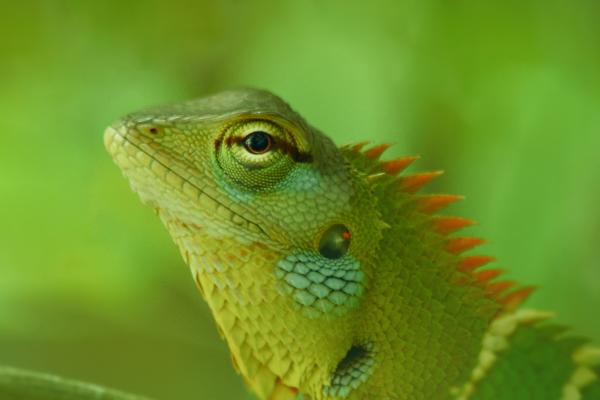
Found in African forests, this frog secretes ammonia through its mouth during death feigning, enhancing the illusion and deterring predators.
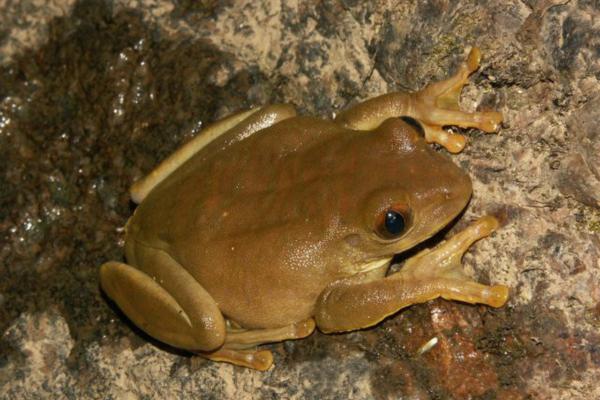
Named for its upturned snout, this snake dramatically plays dead by rolling over, exposing its belly, and keeping its eyes and mouth open—a frequent survival strategy used for camouflage.
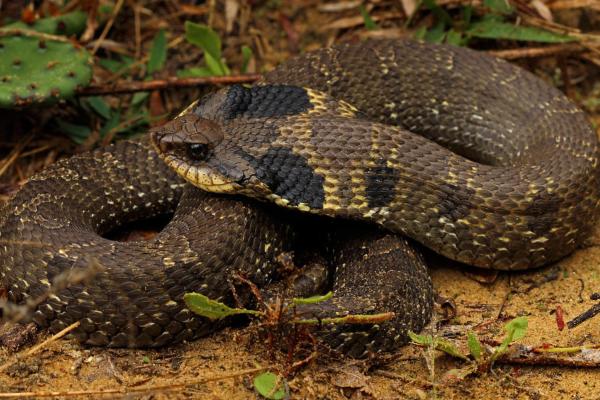
Virginia opossums frequently feign death, remaining motionless with eyes and mouth open. Their heart rate, respiration, and body temperature drop significantly during this time.
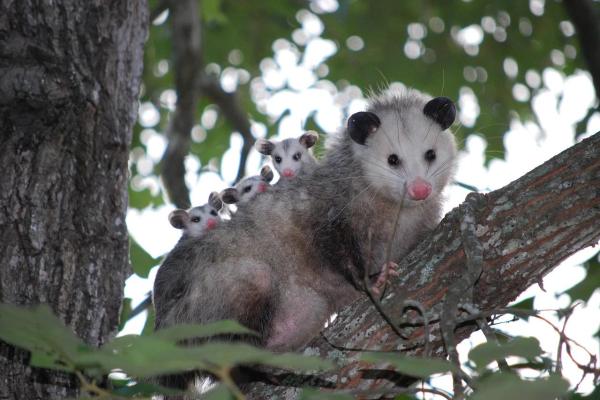
This European toad stays still and secretes toxins while feigning death, warning predators with aposematic signals (warning colors or odors).
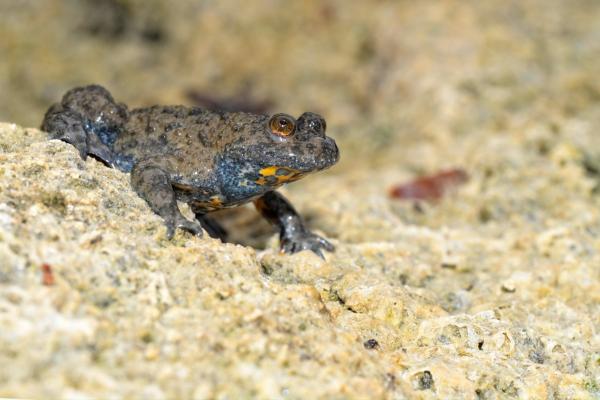
Studies show cats prefer active quail over those playing dead. Quail’s immobility increases their chances of escaping predation.
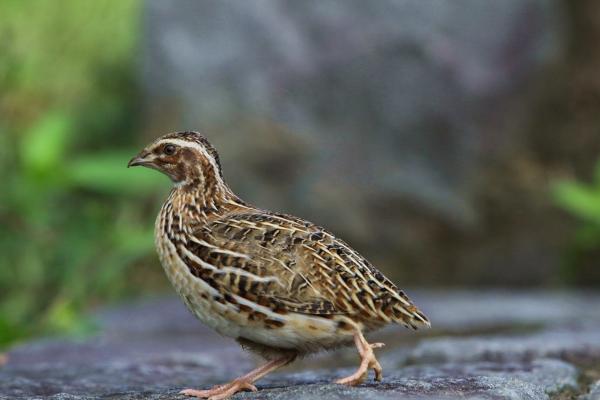
In captivity, Oscar fish sometimes rest motionless on their sides, stop moving fins, and change color, using death-feigning tactics to avoid attention.
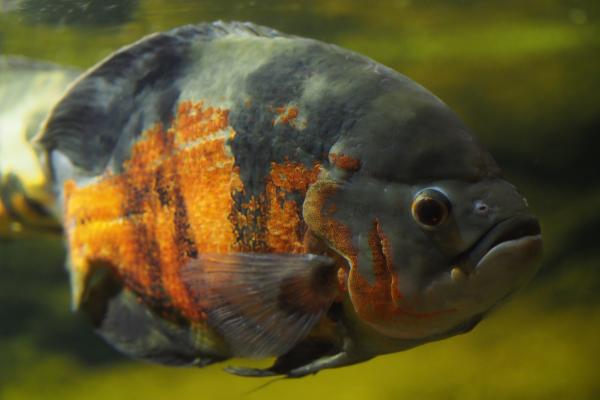
Though without natural predators, lemon sharks display long tonic immobility, flipping dorsoventrally with restricted movement—one of the longest among sharks.
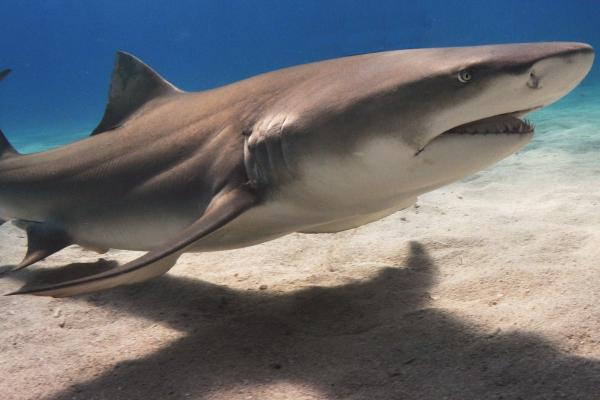
Criotettix japonicus
Desert Locust (Schistocerca gregaria)
Red Flour Beetle (Tribolium castaneum)
Fire Ant (Solenopsis invicta)
Nursery Web Spider (Pisaura mirabilis)
Carolina Anole (Anolis carolinensis)
African Field Cricket (Gryllus bimaculatus)
Stick Insect (Carausius morosus)
Horned Lark (Euplectes afer)
Eurasian Tree Sparrow (Passer montanus)
White-rumped Shama (Copsychus malabaricus)
Platymantis vitiana (Island Frog)
Western Terrestrial Garter Snake (Thamnophis elegans)
Dark-spotted Frog (Pelophylax nigromaculatus)
Giant Stonefly (Pteronarcys dorsata)
Cowpea Weevil (Callosobruchus chinensis)
Bean Weevil (Callosobruchus maculatus)
Mediterranean Woodlouse (Armadillidium vulgare)
Playing dead is an ancient and highly effective defense strategy widely used across the animal kingdom. Understanding these behaviors helps in wildlife conservation and reduces unnecessary fear or harm toward these creatures.
For more fascinating insights about animals that play dead and other survival behaviors, explore our Wild Animals category.
Referencias
Humphreys RK, Ruxton GD. A review of thanatosis (death feigning) as an anti-predator behaviour. Behav Ecol Sociobiol. 2018;72(2):22. doi:10.1007/s00265-017-2436-8
Ishino, H., Sakai, M. Behaviorally significant immobile state of so-called thanatosis in the cricket Gryllus bimaculatus DeGeer: its characterization, sensory mechanism and function. J Comp Physiol A179, 613–624. (1996). Disponible en: https://doi.org/10.1007/BF00216126
Sharon T. Pochron, Roger K.R. Thompson. Sound repetition rate controls the duration of tonic immobility in chicks (Gallus gallus). Behavioural Processes, Volume 166, 2019, 103901, ISSN 0376-6357. https://doi.org10.1016/j.beproc.2019.103901/. Disponible en: https://www.sciencedirect.com/science/article/abs/pii/S0376635719301159
animal tags: Play Dead Animals
We created this article in conjunction with AI technology, then made sure it was fact-checked and edited by a Animals Top editor.